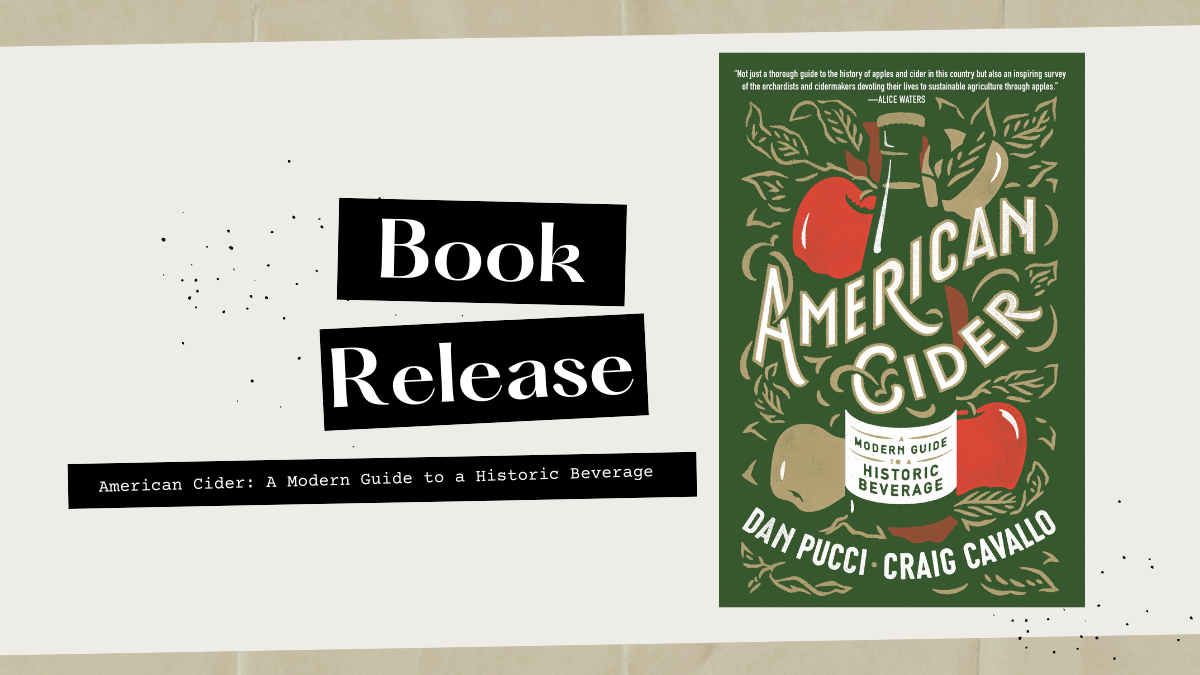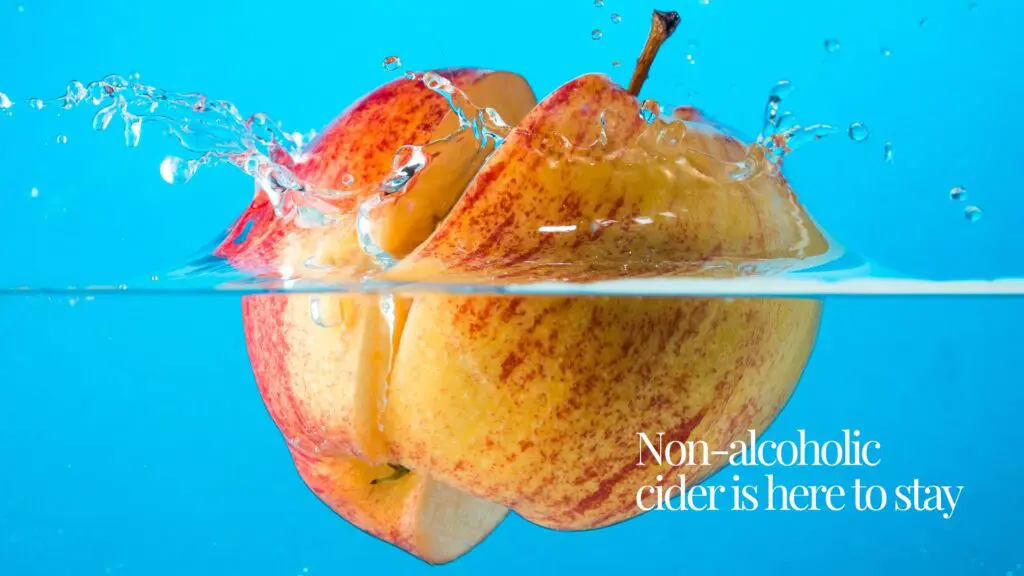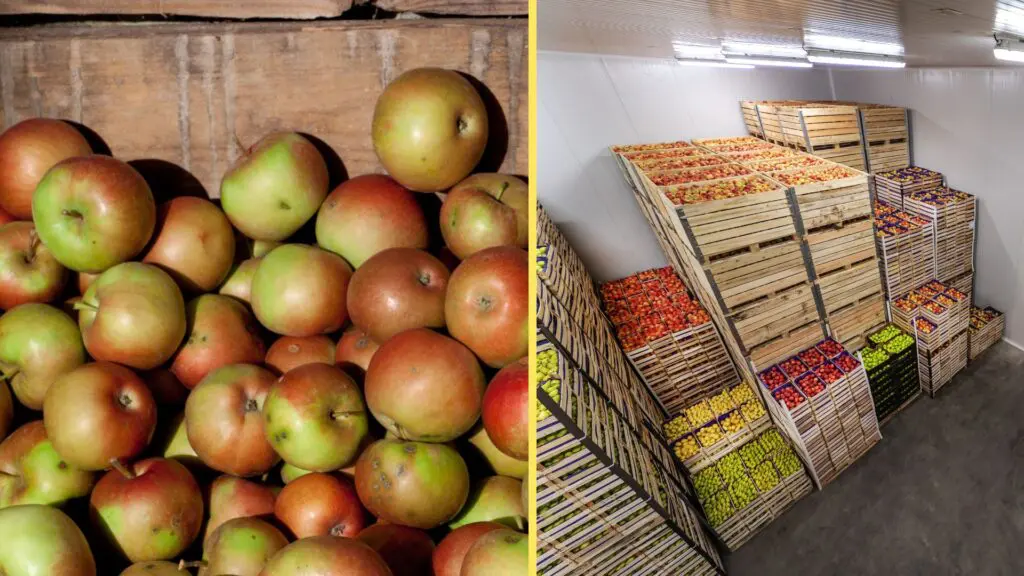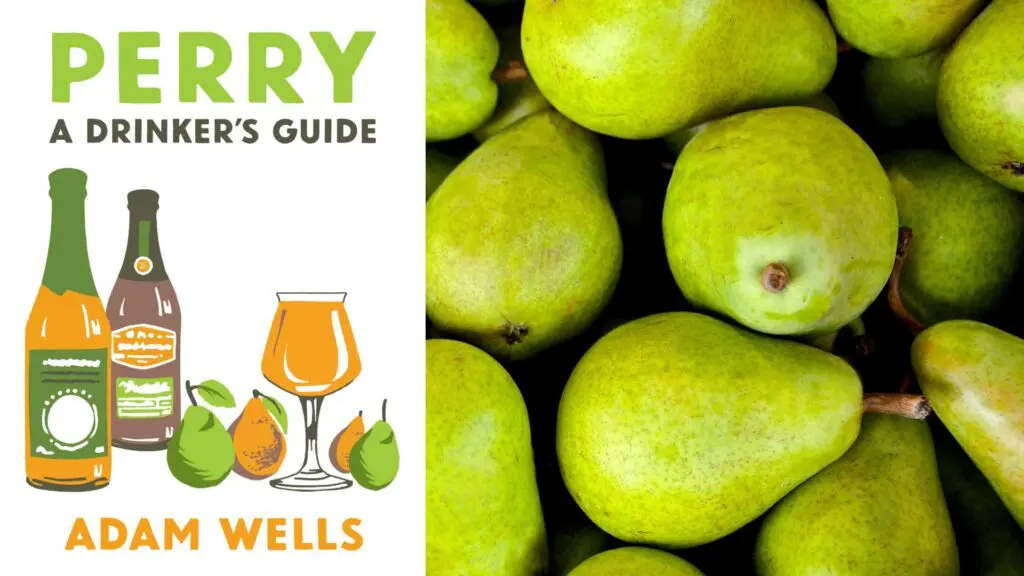As the cider category continues to grow and mature, books about cider have changed similarly, as well. First they mostly explained what exactly cider is, and for the adventurous types, how to make it yourself. Next came more personal and philosophical musings like Andy Brennan’s Uncultivated. With the publication of the soon-to-be-released American Cider: A Modern Guide to a Historic Beverage authors Dan Pucci and Craig Cavallo take contemporary cider writing to a whole new level.
This ambitious book takes an approach to their subject that is unlike any that has come before it. After a general introduction with a short cider history, and some apple and cider basics, Pucci and Cavallo examine eight distinct regions of the country – the Southeast, New England, New York, the Mid-Atlantic, the Midwest, the Mountains and Plains, California, and the Pacific Northwest – breaking them down further into various subregions. For each of these they then examine geology, geography and climate, as well as the region’s history, including orchard styles and important apple varieties. Next they take a look at what’s happening there today, telling brief stories of some of the key players in the area, including cidermakers, growers and other significant people. Each section concludes with a list of core takeaways that succinctly sum up much of the information that has come before.
Dense with information, American Cider is sweeping in its approach and sets cider in all its variations squarely within a regional and historic context. Reading it in its entirety over the course of a week one can’t help but be struck by how this country’s more than 300-year history and extensive territory has spawned a perhaps uniquely broad range of ciders and cidermakers. Each section is also self-contained enough that the reader could certainly dip into the book region by region as they set out to explore what that place has to contribute to the cider conversation.
It is a conversation that will have to happen again and again, for as Pucci and Cavallo point out, cider is so much more nuanced than many people think it is. In their concluding chapter they write:
This complex narrative is more than can fit on a label, and it leads to the simplification of large concepts into dualities. Cider’s most significant conundrum lies in the human interest to label and define things, to form two-sided arguments or categories. Black or white. Good or bad. Sweet or dry. Cidermakers are often split into two camps: those who make cider year-round from concentrate or bulk juice and those who make it once a year, during fall harvest when nature provides the fruit. But cider is not that simple: it is a diverse, dynamic and layered product. There is no single voice or path being forged in cidermaking today. Even for the well informed, the breadth of contemporary cider makes it nearly impossible to keep up with innovation, styles, and techniques. Simply summarizing the nearly 1,000 cidermakers in this country does them all a disservice, failing to highlight the unique perspectives of the environments they were born from.
This is an important book, the first to look deeply into what cider in America was, is, and can become even as it just scratches the surface. It points the way to a future where the many factors that make each part of this country distinct are celebrated in the ciders produced there.
Pre-order “A Modern Guide to a Historic Beverage” here.









